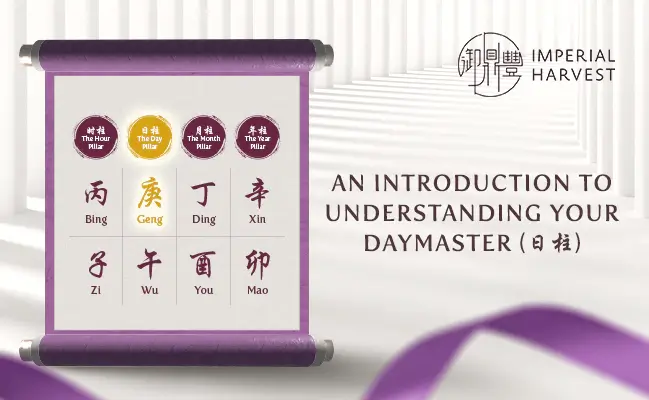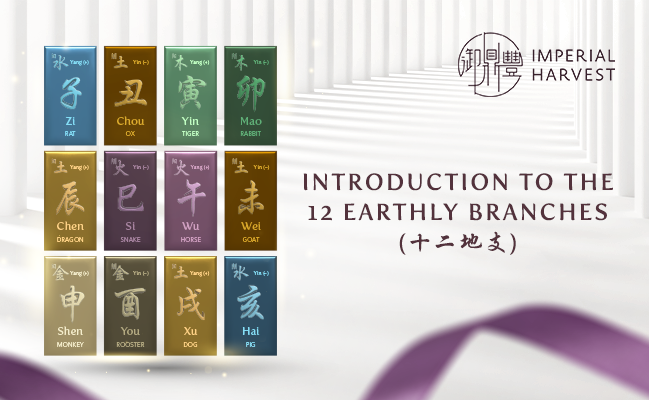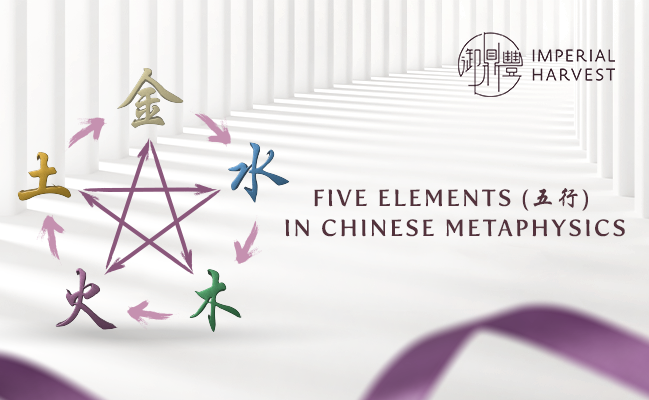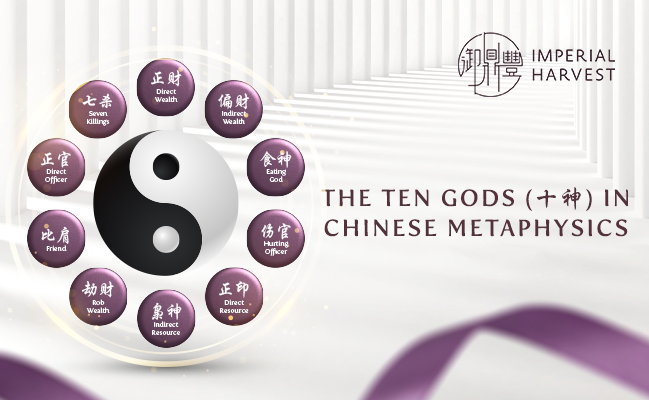

Posted by Imperial Harvest on 21 June 2024
Beginner’s Guide to Bazi Reading
Estimated Reading Time: 5 mins
Bazi (八字), also known as the Four Pillars of Destiny, is a multidisciplinary study in Imperial Feng Shui. It encompasses a well-developed set of metaphysical principles based on planetary influences, the duality of Yin and Yang, and the Five Elements.
Each Bazi chart is plotted using an individual’s birth year, month, date and hour of birth to interpret the strengths, weaknesses, opportunities, threats, personality, and relationship dynamics.

A Major Flaw with Modern Bazi Plotting
Modern Bazi charts are plotted using standardised time zones to simplify timekeeping with the advent of railways and telecommunications. This represents a significant departure from the traditional methods used by ancient Bazi astrologers to create these charts.
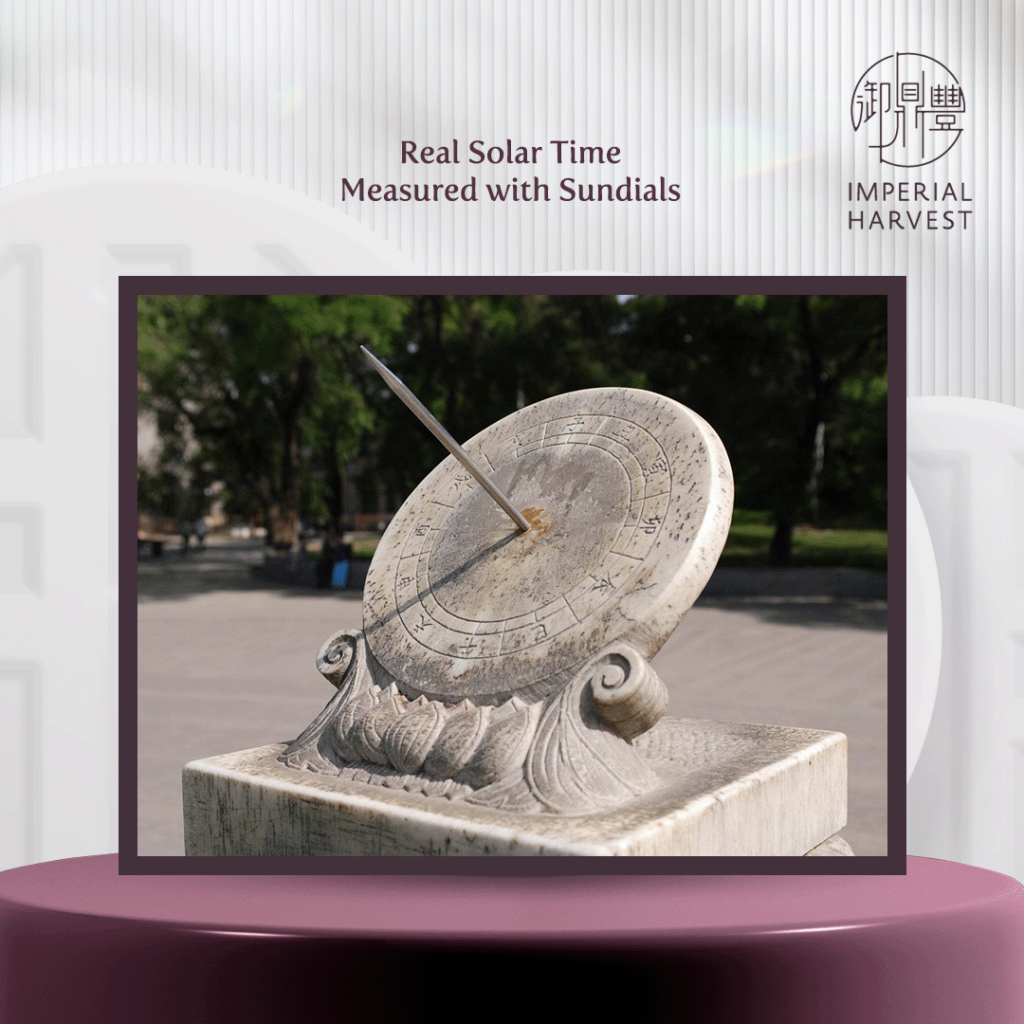
Ancient Bazi astrologers used real solar time, often measured with sundials, as it was the most direct and natural method to track the passage of time, based on the Sun’s position.
The study of Bazi believes that a person’s life trajectory is determined by the time his body is exposed to the Sun hence the authentic way to plot a Bazi’s chart is using real solar time.
What is Real Solar Time?
Real solar time, also known simply as solar time, is a method of reckoning time that relies on the position of the Sun in the sky. It is measured by the apparent motion of the Sun across an observer’s local meridian. Here’s a breakdown of how it works:
Solar Noon: Real solar time reaches 12:00 when the Sun is at its highest point in the sky, directly above a location’s local meridian.
Variation: Real solar time varies with longitude because it is determined by the Sun’s position relative to the local meridian (an imaginary line running from the North to the South Pole) of a specific location. Each degree of longitude represents a four-minute difference in solar time. For example:
- As you move eastward, solar time becomes earlier. For every 15 degrees of longitude travelled east, the local solar noon occurs approximately one hour earlier than at the original location.
- Conversely, moving westward delays solar time. Travelling 15 degrees west means that the local solar noon occurs about one hour later.
This variation means that every location with a unique longitude has its own distinct solar time. Therefore, it is important to know the exact time and city of birth before plotting the Bazi chart.
The Foundation of a Bazi Chart
To understand the different parts of a Bazi chart, we must first grasp the fundamental concept of Yin and Yang—the cosmic dualities that permeate all aspects of Chinese philosophy.
Each Bazi chart comprises the 10 Heavenly Stems (天干) and the 12 Earthly Branches (地支). These stems and branches are further classified into the Five Elements, each with Yin and Yang polarities.

A Bazi chart is divided into the Year, Month, Day, and Hour pillars, which correspond to the foundational, adolescent, adult, and senior phases of a person’s life, respectively.
A Bazi chart can also be used to assess the dynamics of relationships in a person’s life, with the Year pillar signifying grandparents, the Month pillar representing parents, the Day pillar symbolising oneself and one’s spouse, and the Hour pillar denoting children.
It can also be employed to evaluate potential health risks, with the Year pillar linked to the head and neck, the Month pillar covering the chest and upper torso, the Day pillar focusing on the abdomen and digestive system, and the Hour pillar pertaining to the lower limbs.
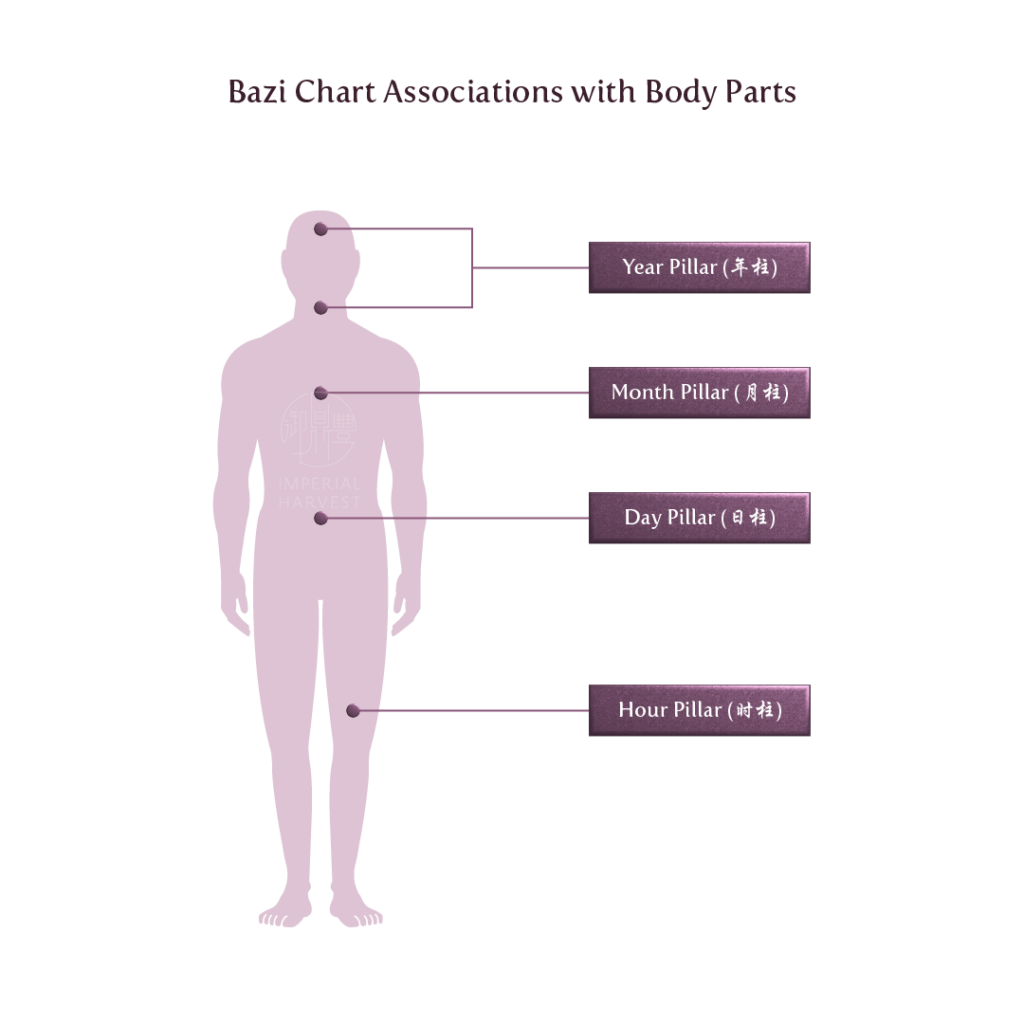
The interaction of elements between the Bazi chart and the 10-year luck pillar, as well as the annual, monthly, daily, and bi-hourly luck pillars, can also be analysed to identify the threats and opportunities ahead.
Structure of a Bazi Chart
Heavenly Stems (天干)
In the study of Bazi, each of the ten Heavenly Stems is associated with an elemental attribute and a Yin-Yang polarity. These Heavenly Stems are Jia Wood (甲木), Yi Wood (乙木), Bing Fire (丙火), Ding Fire (丁火), Wu Earth (戊土), Ji Earth (己土), Geng Metal (庚金), Xin Metal (辛金), Ren Water (壬水), and Gui Water (癸水).
At the beginner level, the Day Stem of a Bazi chart is also known as the Daymaster. The Daymaster is the reference point from which practitioners evaluate the elemental interactions within a Bazi chart.
The Month dictates the season, and therefore the temperature and humidity of a Bazi chart. Based on the season, practitioners apply the temperature adjustment method (调候法) to identify the favourable elements—one of the key methods in Bazi analysis. Practitioners also commonly evaluate the strength of the Daymaster to determine the favourable and unfavourable elements (扶抑法). Other methods include sickness and cure (病药法) and bridging (通关法), which are also used to identify the favourable elements.
The Heavenly Stems of a Bazi chart are associated with the Ten Gods, representing specific attributes: Direct Resource, Indirect Resource, Friend, Rob Wealth, Hurting Officer, Eating God, Direct Wealth, Indirect Wealth, Direct Officer, and Seven Killings. These attributes can be used to predict and understand the timing of significant life events, such as career advancements, relationship changes, and health issues.
Earthly Branches (地支)
The 12 Earthly Branches are a fundamental element of Chinese astrology, intricately linked with the orbital period of Jupiter—the largest planet in our solar system. Jupiter takes approximately 12 years to complete its orbit around the Sun, and this celestial pattern significantly influences Earth’s astrological cycles. Consequently, these branches are integral to timekeeping in Chinese astrology.
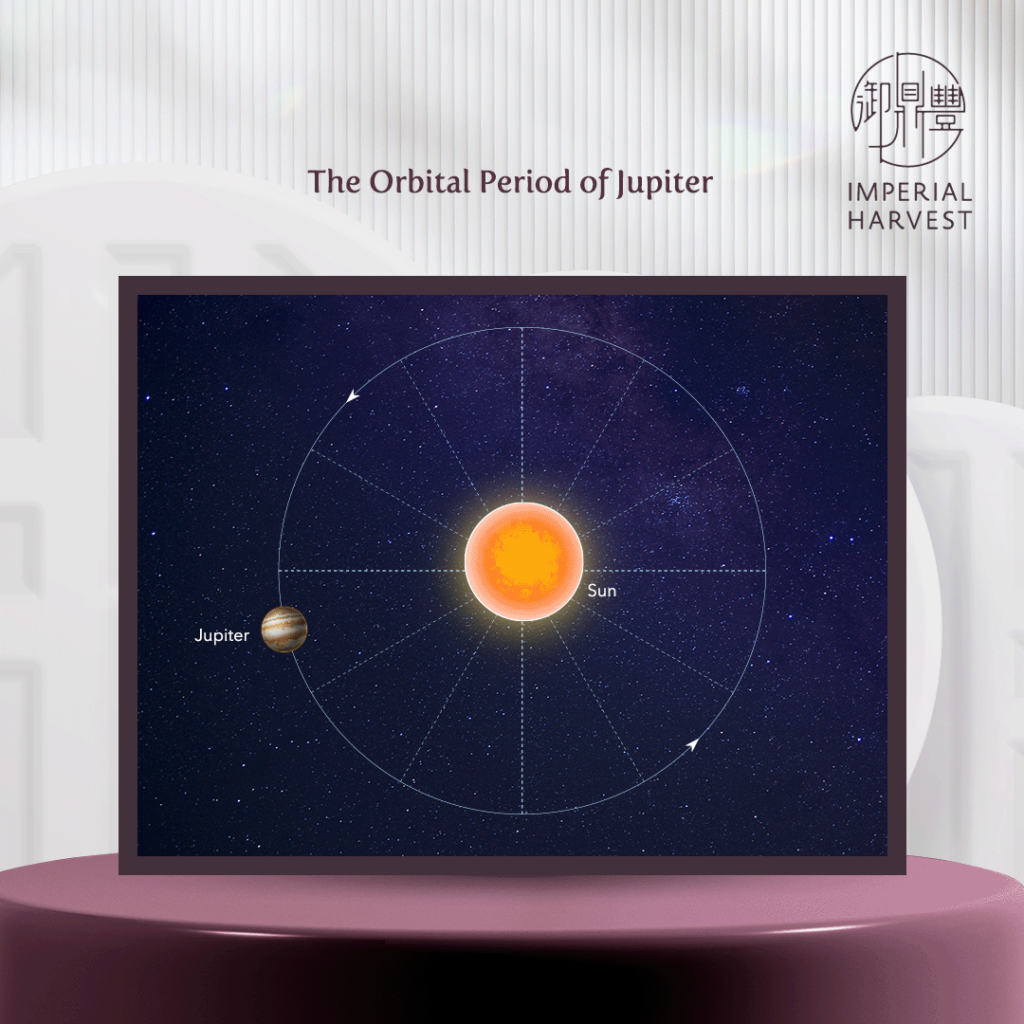
Each of the 12 Earthly Branches corresponds to a year in Jupiter’s 12-year cycle and is also applied to the division of time within each year. Specifically, each year, month, day, and two-hour period (时辰) is associated with one of these branches. The branches are: Zi (子), Chou (丑), Yin (寅), Mao (卯), Chen (辰), Si (巳), Wu (午), Wei (未), Shen (申), You (酉), Xu (戌), and Hai (亥).
To gain deep insights into elemental influences, ancient Bazi astrologers paired the 12 Earthly Branches with the 10 Heavenly Stems to form the 60 Jia Zi cycle, where a Yang Heavenly Stem is paired with a Yang Earthly Branch, and a Yin Heavenly Stem is paired with a Yin Earthly Branch.
This system not only serves as a method for timekeeping but also plays a crucial role in shaping the astrological framework that influences various aspects of life and destiny according to Chinese tradition.
Within each Earthly Branch, there are one to three hidden Heavenly Stems. Practitioners evaluate factors such as the Grand Duke, punishment, harm, clash, combination, and destruction among the Earthly Branches to gain insights into relationship dynamics, opportunities, threats, strengths, and weaknesses of an individual.
Read about the 12 Earthly Branches here
Year Pillar (年柱)
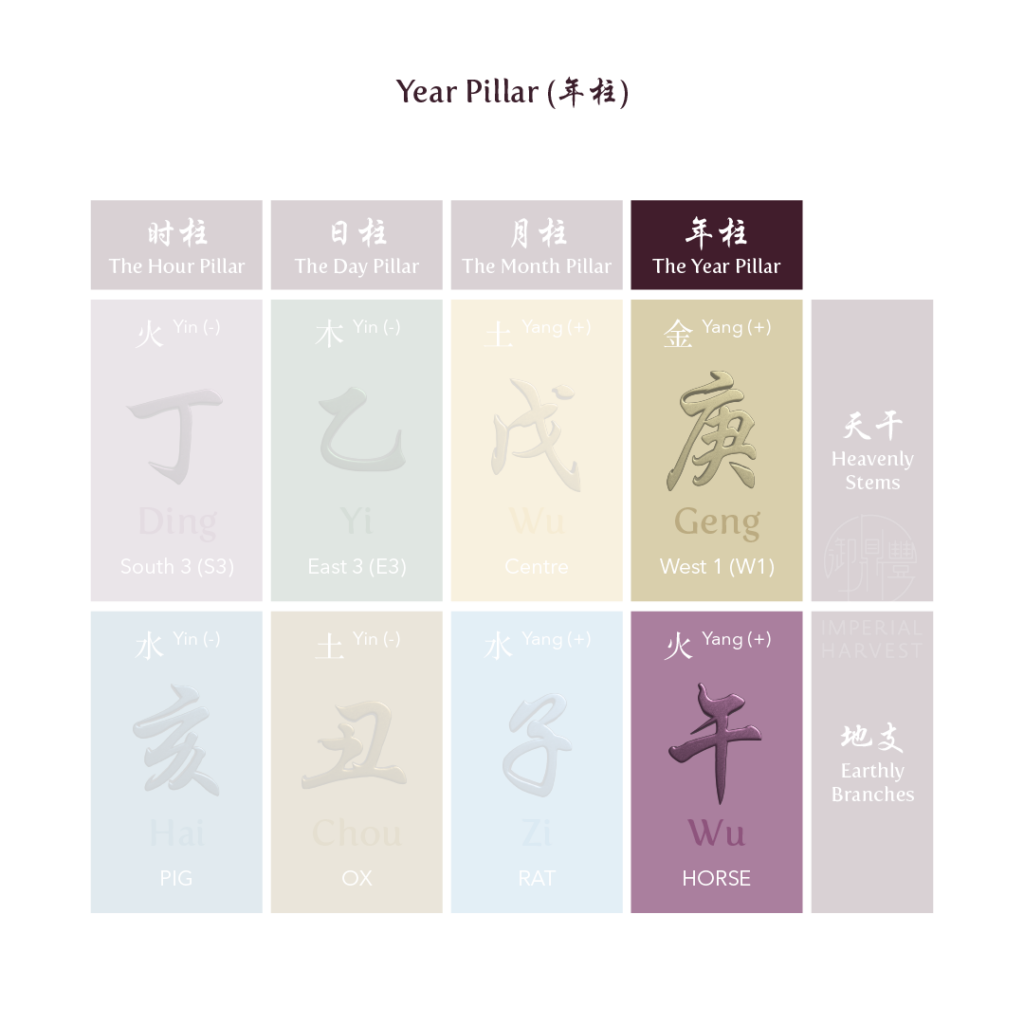
The Year Pillar in an individual’s Bazi chart is derived from their birth year. It represents ancestors and grandparents, collectively known as the Ancestor’s Palace. This pillar also symbolises one’s external environment. Consequently, whenever the Year Pillar is clashed, it signifies a major change in one’s life. The specific area of change can be identified by determining which of the Ten Gods is being clashed, punished, harmed, or destroyed.
At a beginner level, the Year Pillar is used to assess general compatibility between couples or business partners using principles like the Three Harmony and Three Seasonal combinations. At a practitioner level, a deeper evaluation of an individual’s Bazi chart is conducted to identify the alignment of life goals and values for assessing compatibility.
The Year Pillar can be compared against the Ten-Year Luck Pillar to determine if a person will experience a major career change, such as moving overseas, finding opportunities abroad, or making a significant career transition. Additionally, the Year Pillar can be evaluated against the Month Pillar of one’s Bazi chart to understand how the family of origin affects one’s formative years. Any clash, punishment, harm, or destruction can indicate that the family of origin may hinder personal growth during those years.
The Year Pillar can also be assessed against the Day Pillar to evaluate how the family of origin influences one’s marriage. Similarly, it can be compared with the Hour Pillar to determine how the family of origin affects one’s ability to raise children. In terms of health, the Year Pillar is linked to the head, neck, and mental well-being. Therefore, any form of clash, punishment, harm, or destruction affecting the Year Pillar can manifest as health issues in these areas.
Month Pillar (月柱)
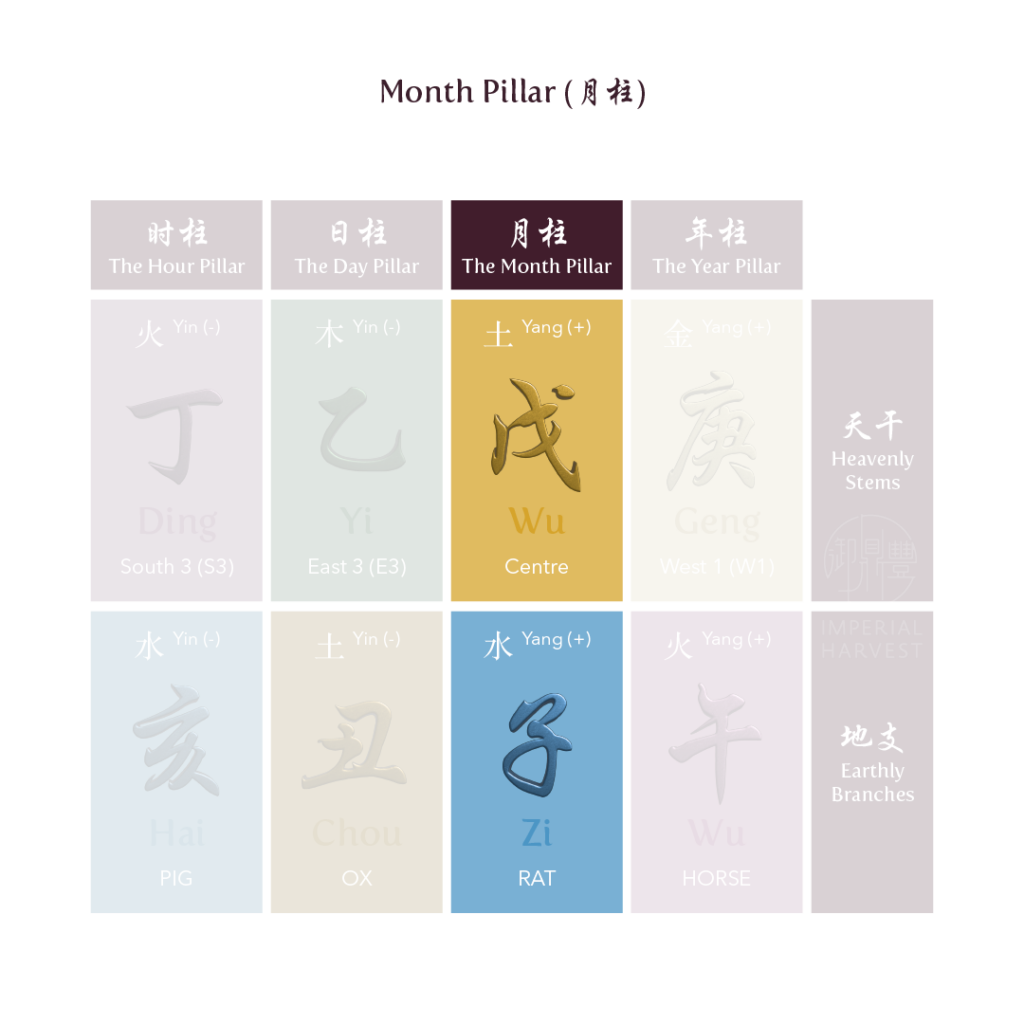
The Month Pillar governs the seasonality of the Bazi chart, dictating its temperature and humidity. In Bazi studies, the Month Pillar is crucial for determining the favourable elements of a chart. When one encounters a luck cycle featuring these favourable elements, it can lead to the acquisition of benefactors, wealth, and opportunities. Conversely, when a luck cycle is dominated by unfavourable elements, it brings challenges, obstacles, and hindrances.
Given the paramount importance of the Month Pillar, any clash, punishment, harm, combination, destruction, or conflict with the Grand Duke (Tai Sui) can signify a major change in one’s career, business, and parents’ health. The favourability of this change depends on:
- The nature of the interaction of the earthly branches (clash, punishment, harm, combination, destruction, or Grand Duke).
- The elemental interactions between the heavenly stems and earthly branches in the natal chart and the luck pillars.
- The Ten Gods.
This method of analysis is similarly applied to the Year, Day, and Hour Pillars of a Bazi chart.
For career professionals, the Month Pillar, along with the Hour Pillar, is essential for evaluating career prospects. The Month Pillar affects relationships with superiors, while the Hour Pillar influences relationships with subordinates.
For business owners, the Month Pillar represents the state of the business, business partners, or shareholders. The Day Pillar signifies financial health, and the Hour Pillar represents subordinates.
Day Pillar (日柱)

The Day Pillar represents yourself.
A person’s personality can be understood through several key facets: openness to experience, characterised by creativity and curiosity; conscientiousness, marked by organisation and responsibility; extraversion, defined by sociability and assertiveness; agreeableness, which includes trust and empathy; and neuroticism, which involves tendencies toward anxiety and moodiness. Each of these facets encompasses specific traits that contribute to the complexity and uniqueness of individual personalities.
In Bazi, the Day Pillar is crucial for evaluating a person’s personality. The Day Pillar represents the core self and intrinsic qualities. By analysing the Day Master, we can gain insights into how a person expresses traits such as creativity, responsibility, sociability, empathy, and emotional stability. For example, if your Day Pillar is Geng Metal and Shen Monkey (庚申), it reflects a personality marked by pragmatic and analytical thinking, attention to detail, and a strong sense of duty. Individuals with this Day Pillar are known for their resilience and adaptability, allowing them to navigate challenges effectively. They also possess a willingness to take calculated risks, demonstrating innovativeness and ambition. These traits, combined with a drive for success, contribute to a robust and dynamic personality capable of achieving significant accomplishments.
The study of Bazi encompasses 60 possible Day Pillars, offering a complex and nuanced approach to evaluating one’s personality. This comprehensive analysis allows for a deeper understanding of the intricate nature of individual personalities.
Hour Pillar (时柱)
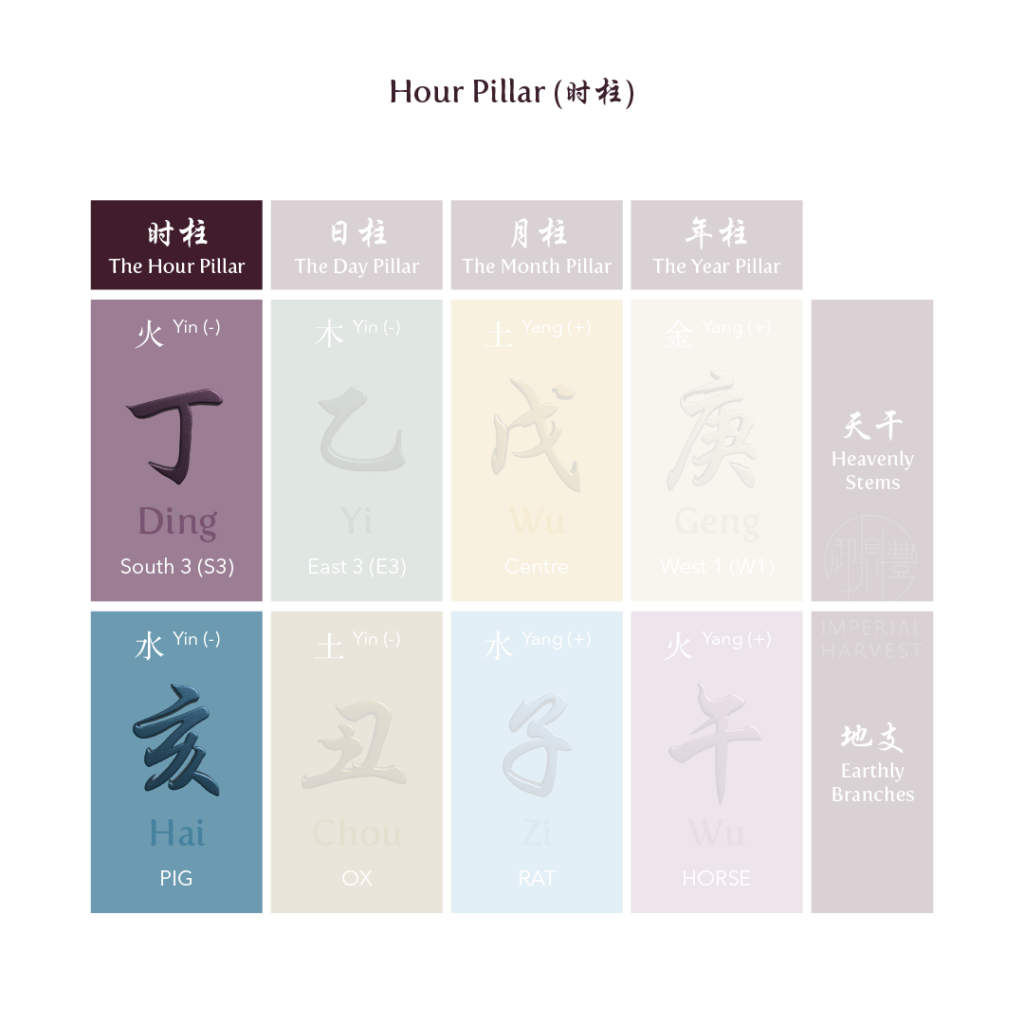
The Hour Pillar represents our children, subordinates, and assets. It also plays a pivotal role in determining the favourable elements of a Bazi chart. In one of the Bazi classics, “San Ming Tong Hui” (三命通会), the Month and Hour Pillars are specifically noted for their influence on the temperature and humidity of the chart. The Month Pillar affects the season, and thus the general climate, while the Hour Pillar impacts the temperature of the day. For instance, daytime is generally hotter, and nighttime is cooler.
Conversely, the Year and Day Pillars are not mentioned in “San Ming Tong Hui” in this context because the temperature and humidity of the day cannot be predicted or inferred from these pillars. Therefore, the Year and Day Pillars are not evaluated in determining favourable elements.
The Hour Pillar can be a valuable tool for timing major investments. When the heavenly stem of the Hour Pillar enters the graveyard in a given year, it is generally unfavourable to engage in high-risk investments. A common approach among practitioners is to use the Rob Wealth star to evaluate if the client might experience financial losses. However, this method can be inaccurate, as the Rob Wealth star often predicts major cash outflows, which can include significant purchases like property.
For couples undergoing fertility treatments, the Hour Pillar is also useful in determining the optimal month for treatment, potentially increasing the chances of conceiving a baby.
The Ten Gods (十神)
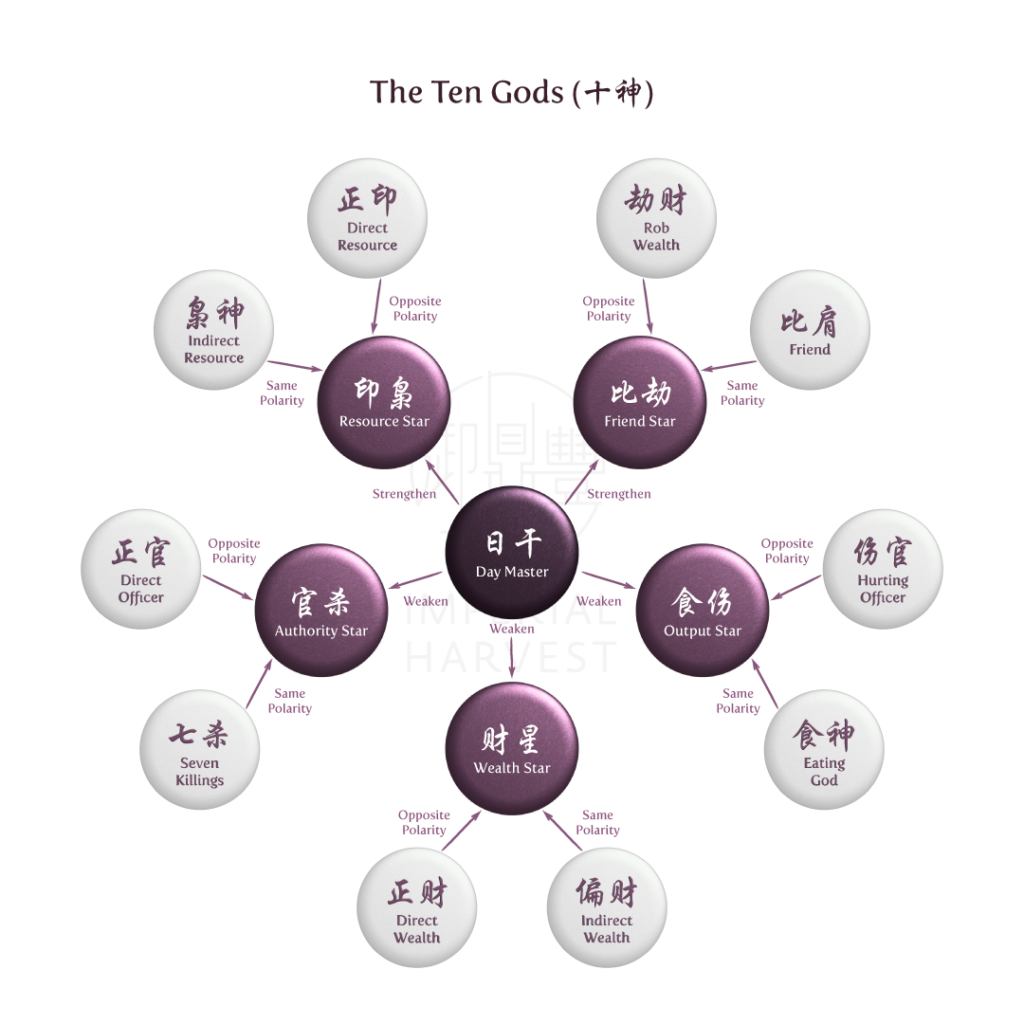
Every Heavenly Stem has a Yin and Yang polarity. To understand the specific attribute of each Heavenly Stem relative to the Daymaster, ancient Chinese astrologers assign each Heavenly Stem to one of the Ten Gods relative to the Daymaster.
The Ten Gods comprise the following stars: Direct Wealth (正财星), Indirect Wealth (偏财星), Eating God (食神星), Hurting Officer (伤官星), Direct Resource (正印星), Indirect Resource (枭神星), Rob Wealth (劫财星), Friend (比肩星), Direct Officer (正官星), and Seven Killings (七杀星).
In the study of Bazi, the principles of the Ten Gods are commonly applied to predict events that one would encounter during the 10-year, annual, monthly, and daily luck pillars.
Technical explanation: If your Daymaster is strong, Rob Wealth is considered your unfavourable Ten God. When you encounter a Rob Wealth star during your annual luck pillar, you should be cautious about making bold investments, as you might risk having your investment stuck. Similarly, when a strong Daymaster encounters an Indirect Wealth star during their annual luck pillar, it signifies opportunities for investment to grow and accumulate wealth.
Learn more about the Ten Gods here
What can I expect from a Bazi reading?
Imperial Harvest believes in cultivating a lifelong working relationship with our clients as they embark on a journey of abundance and fulfilment under Master David’s guidance. Therefore, every Bazi reading conducted at Imperial Harvest is comprehensive, thorough, and meticulous, ensuring that each client receives insightful advice on various aspects of their lives.

How long is a Bazi reading consultation?
Your complimentary Bazi analysis and consultation session is expected to take about one hour. As a pioneer in providing complimentary and comprehensive Bazi analysis in Singapore, Master David and his team conduct these sessions in a private consultation space. This approach ensures that clients gain a thorough understanding of their Bazi chart, helping them align their goals and aspirations before embarking on their Imperial Harvest journey.
Where will the session be held?
Bazi readings at Imperial Harvest will be conducted in person at Imperial Harvest’s Gallery.
In the study of Bazi, there are 13 time periods (时辰) in a day, factoring in the early and late rat hours. Given there are 365 days in a year, this results in 4,745 possible Bazi chart combinations in a year. When we factor in gender, this makes 9,490 Bazi charts. With 30,000 babies born each year in Singapore, this means there are at least three same-gender individuals born each year who share the same Bazi chart and luck cycle. However, not all people share the same life experiences because, despite sharing the same birth details, we are born with different elemental facial features and palm lines.
For an accurate and comprehensive Bazi reading, Imperial Harvest’s In-Person Live Authentic Bazi consultation combines face reading, palmistry, and Bazi analysis to gain a comprehensive understanding of our clients’ situations and goals before providing insightful and effective solutions to help them achieve their aspirations.
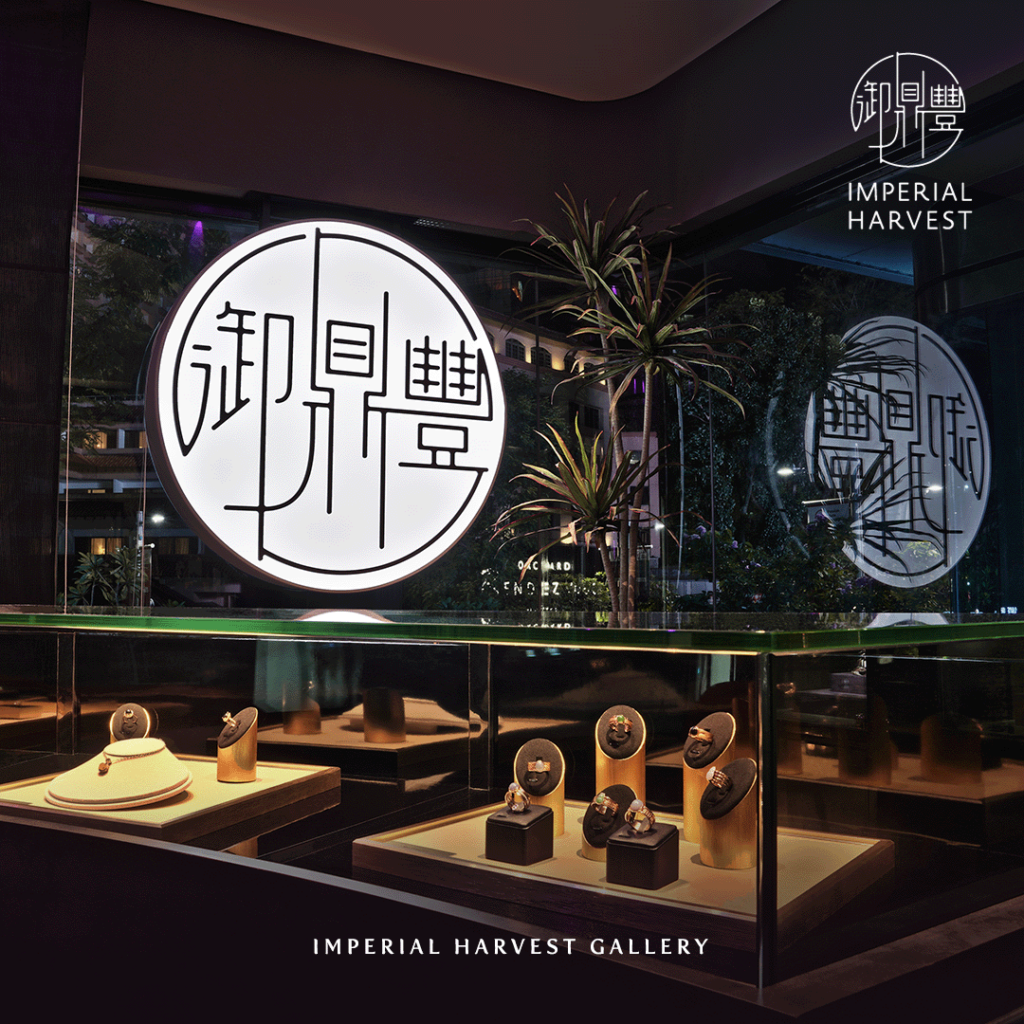
Book your complimentary Bazi consultation with Imperial Harvest
At Imperial Harvest, every journey begins with a Bazi consultation. Master David, drawing upon profound insights and principles from ancient texts, adapts time-honoured traditions to suit our modern socio-economic context. Utilising wisdom passed down through generations, Master David distils Imperial Feng Shui wisdom, providing customised and effective solutions.
Learn about Imperial Harvest Journey
Imperial Harvest’s expert consultants are always on hand to guide you on your journey and provide you with insights to help you realise your fullest potential. Book a complimentary consultation today or contact us at +65 92301640.
We are located at
For prospective clients: Imperial Harvest402 Orchard Road
Delfi Orchard #02-07/08
Singapore 238876 For existing clients: Imperial Harvest Prestige
402 Orchard Road
Delfi Orchard #03-24/25
Singapore 238876
Most Read Articles
Get to read our life changing articles and get inspired.
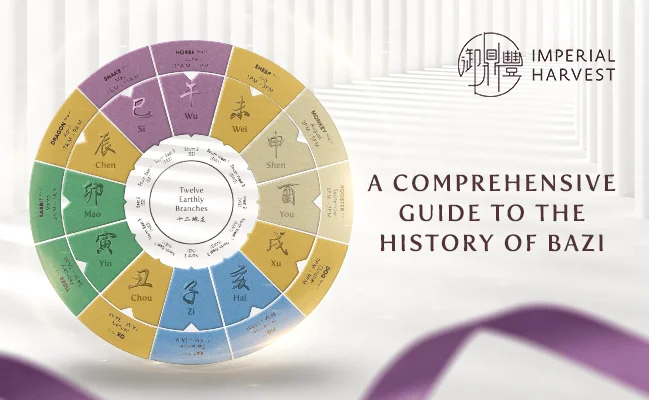
A Comprehensive Guide to the History of Bazi (八字)
Estimated Reading Time: 5 mins Bazi (八字) is often mistakenly assumed as the Chinese counterpart of western Astrology. The similarities between both systems lie in their utilisation of birth dates and time in their calculations, and the ability to be read from a tabulated chart. Where Astrology may take into account the positions of different […]

Imperial Harvest Consecration Ceremony
Estimated Reading Time: 5 mins At Imperial Harvest, each earthly treasure undergoes a series of consecration rites performed by Master David, before it is bestowed upon its blessed owner. Every aspect of these sacred Chinese anointing rituals is carefully examined and accurately represented in Master David’s blessings, reflecting Imperial Harvest’s deep respect for these esteemed […]

The Importance of Mountain and Water Stars
Estimated Reading Time: 4 mins “山管人丁,水管财”, is a well-cited principle in the study of Imperial Feng Shui that translates to “Mountains govern benefactors, authority and harmony, while Water governs wealth, opportunities and intuition”. This principle reiterates a critical factor in Imperial Feng Shui — balance is the key to achieving success in life. As mountain […]
